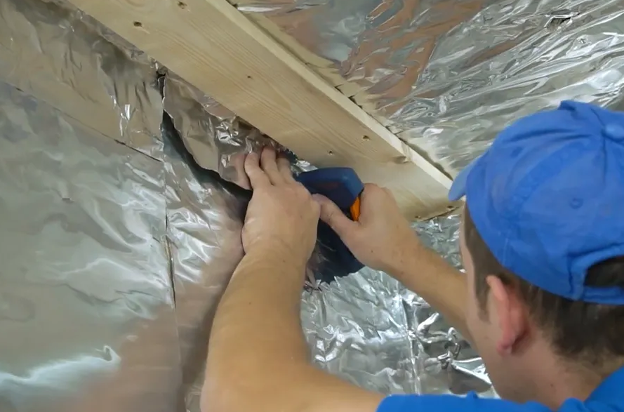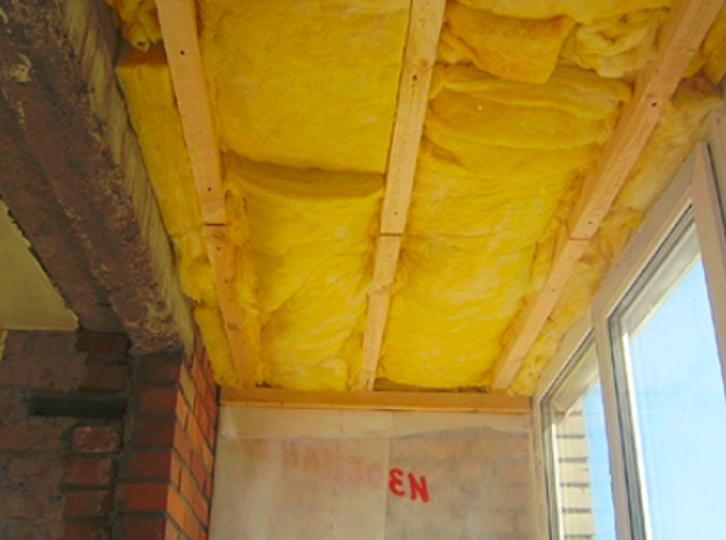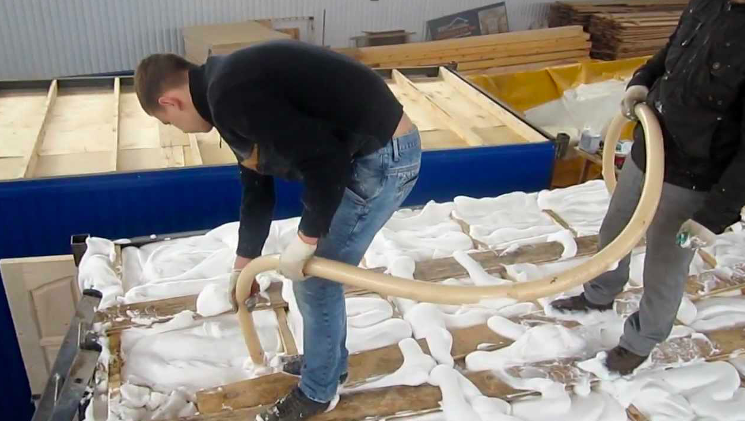Sound insulation of wooden floors is carried out by different materials that protect both from noise and from the cold. It can be mineral wool, fiberglass, polyethylene foam and others. The pros and cons of materials, as well as installation technology, are described in detail in the presented article.
The content of the article
- Material choice
- How to lay the material
Material choice
Sound insulation of interfloor ceilings on wooden beams is carried out by various materials of natural or artificial origin. As a rule, these are loose raw materials in rolls or blocks, which do not create a strong load on the floor. The main types of materials are:
- glass wool – strong, elastic, steady against vibrations. It absorbs sound quite well and provides thermal insulation. It does not absorb water, but it is desirable to use a vapor barrier - this allows you to extend the service life.
- Mineral wool - natural material of low density, often used for interfloor sound insulation on wooden beams. Well absorbs sounds, protects from cold, but absorbs water. Therefore, installation is carried out with mandatory vapor barrier.
-
Multilayer panels – modern materials based on sandwich panels and drywall sheets. They perfectly absorb sounds, although they are quite expensive and have a noticeable weight that puts pressure on the structure.
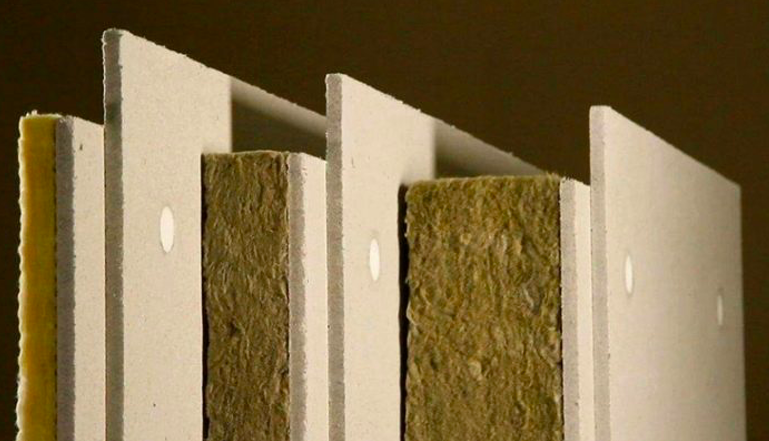
- Sound insulation of wooden floors between floors is also carried out using pressed cork. This is one of the most budgetary and at the same time effective options. The panels are resistant to decay, light in weight, serve 30-40 years.
- Foamed polyethylene well absorbs noise and vibrations and has a minimum density. However, it can shrink over time, is destroyed by exposure to the sun, and is a fire hazard.
-
Bitumen and cork underlay - kraft paper, produced in rolls, so it is very convenient to install. Thanks to it, sound insulation between floors in a wooden house is provided, while the load on the floor is small.

-
fiberglass well extinguishes structural noise, i.e. sounds that propagate along the frame. It is placed on a wooden floor, interfloor ceilings. The material is not resistant to permanent crushing, so areas of hard contact should be isolated using a gasket.
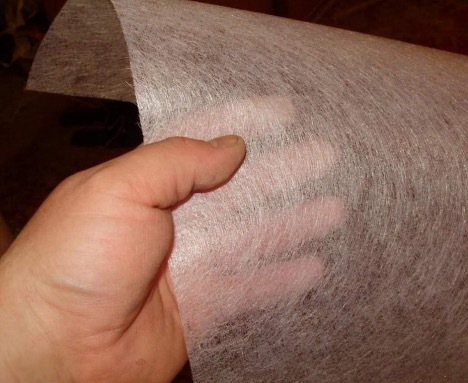
How to lay the material
Noise insulation of interfloor ceilings on wooden beams is usually carried out directly during construction work or at the stage of rough finishing. The step-by-step description of the instruction looks like this:
- First, the logs are treated with an antiseptic to prevent the formation of mold and other fungi.
- On the underside of the beams, a rough flooring is mounted, for example, from wooden boards of small thickness 20-30 mm.
- In order for sound insulation in a house with wooden floors to be effective, it is necessary to overlap the vapor barrier by at least 10 cm, and fix the joints with construction tape.
- A soundproofing material is placed on the vapor barrier, which often also acts as a heater. For example, it can be a roll of mineral wool or polyethylene foam.

- When the soundproofing of the ceiling between floors in a wooden house is completed, the material must again be covered with a vapor barrier membrane in the same way as the previous layer.
- Then a subfloor is mounted, for example, from two layers of chipboard. The first is placed directly on the logs, and the second is laid so as to cover the joints of the previous one (in a checkerboard pattern).
Additional noise protection can be provided by different materials. Moreover, in order for the work to be done with high quality, and the structure to withstand the load, it is necessary to make a reliable subfloor and finish. If, for example, a floating floor is installed, it will not be in direct contact with the beams, which will provide additional protection against vibration.
